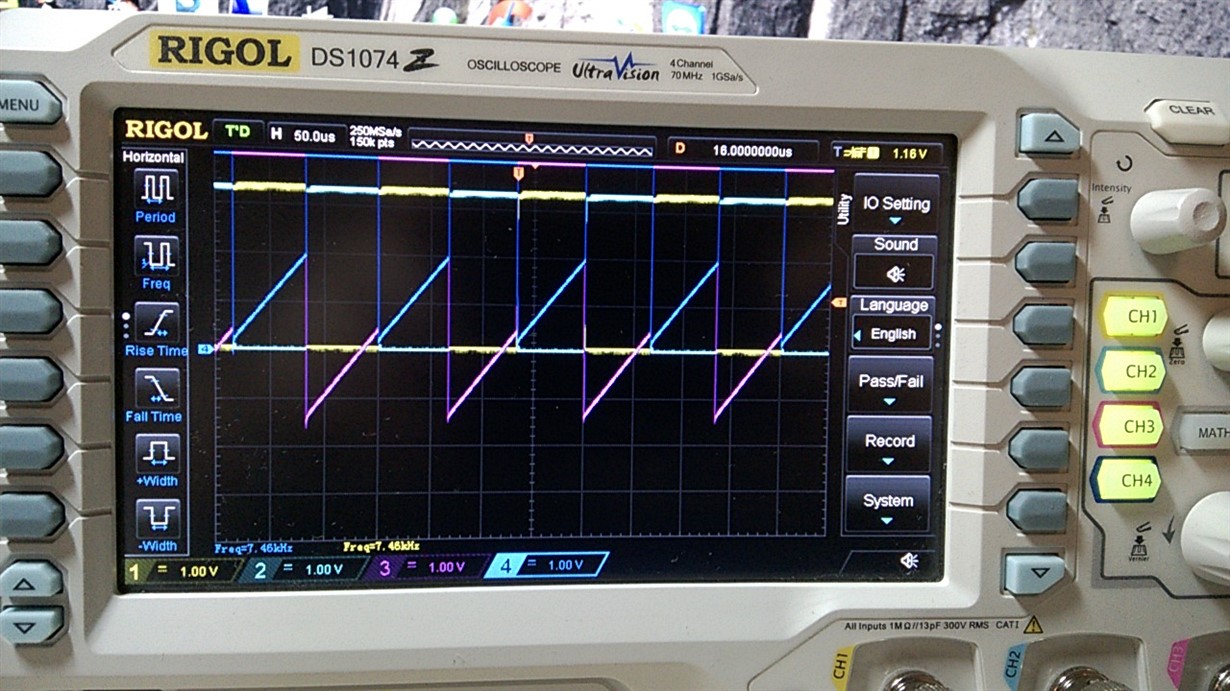From the datasheet it looks like only EPWM1 ... EPWM8 are routed from the DSP to the pins, while some others (EPWM9 and EPWM10 for instance) are used with a low pass filter in order to work as a DAC.
Is there a way to use all EPWM modules (specifically EPWM9 ... EPWM12) of a TI Launchpad delfino F28377S?
Thank you very much for your help!


